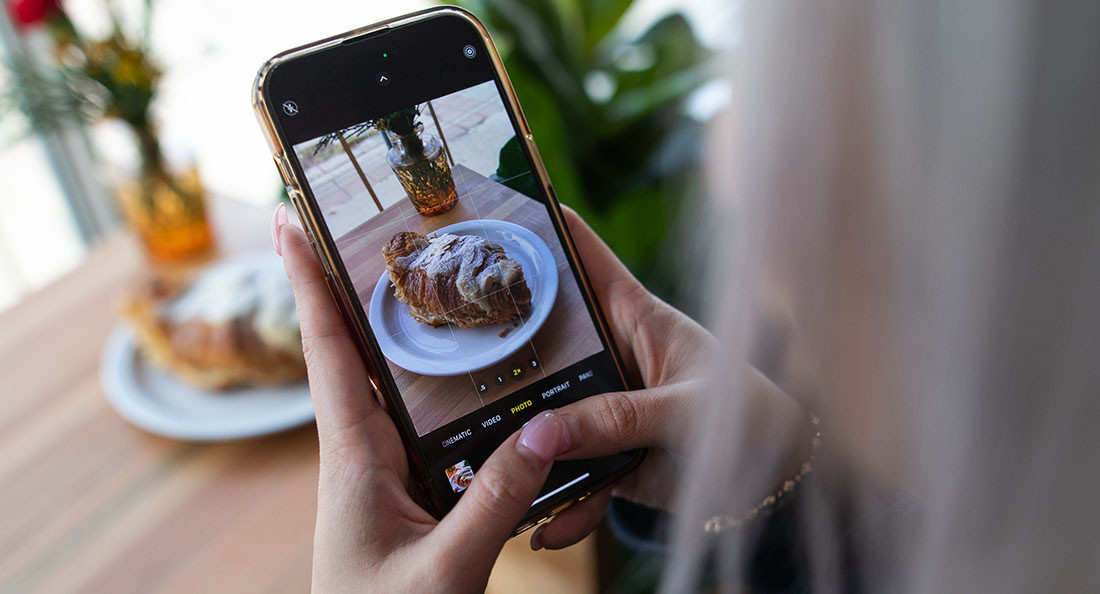Under the influence
Unveiling the local impact of social-media influencers
During the COVID-19 pandemic, social media has become flooded with influencers on platforms like TikTok and Instagram. These influencers, despite not being traditional celebrities, impact people’s choices.
Winnipeg is no exception to this influencer wave, with local businesses teaming up with influencers to reach a broader audience. As the world is still recovering from the social and economic upheaval of the pandemic, businesses are adapting to find new ways to reach customers.
According to Tourism Winnipeg, Winnipeg has more than 1,100 restaurants, suggesting strong competition in the food sector. To set themselves apart, local restaurants and eateries collaborate with influencers to gain more visibility.
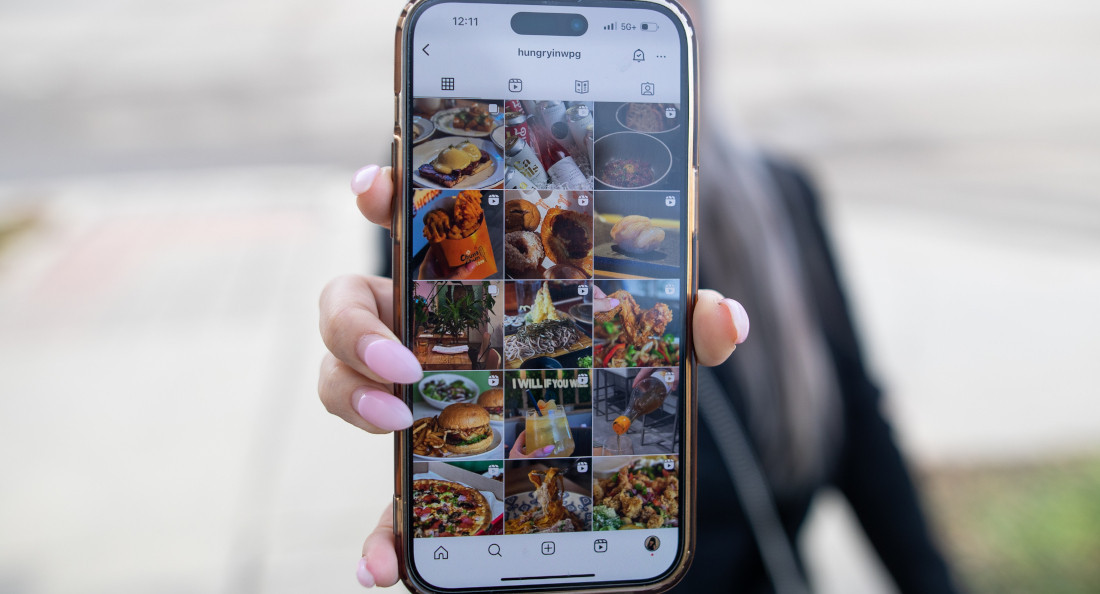
Vivian Ma was inspired by her sister to get into the world of Instagram food blogging.
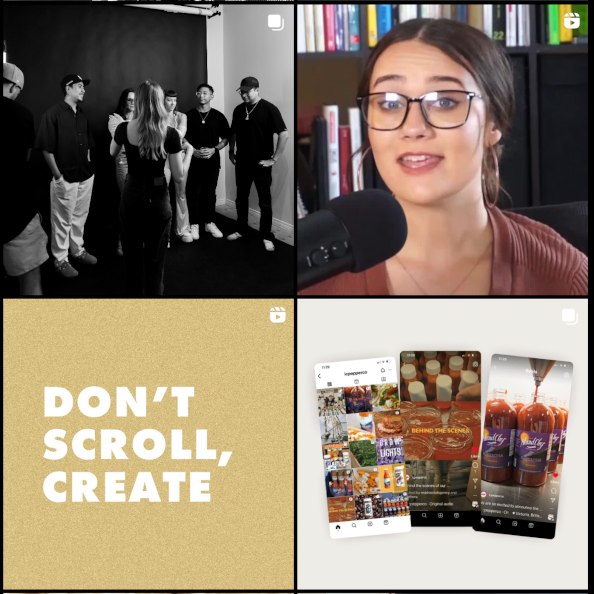
Supplied photo - A screen capture from the Instagram of Mad Social Agency, a digital marketing business run by Maddie Thompson
New partnerships
Vicky Nguyen, the co-owner of Little Saigon Restaurant, has embraced this trend, seeing a significant boost in engagement with their restaurant.
Nguyen, who took charge of the William Avenue restaurant this year with her husband, says they only recently started working with content creators. However, she also owns a meal-prep company and has worked with influencers before.
“I learned a little bit about how social-media marketing works,” she says. Nguyen says there’s been a huge boost in engagement for the restaurant since they shifted to working with content creators.
“I do feel like the influencers get our food out there to their audience,” she says. “Also, I already follow most of them, so I know exactly where to look from a business standpoint. I know who their audience is, so I know who to target or reach out to.”
Nguyen points to a generational gap when it comes to whether influencer marketing is an accepted promotional tactic in Winnipeg. “I think the younger generation knows about it and takes it seriously,” she says. “For people like my parents, I don’t know where they would start if it weren’t for us telling them.”
Nguyen says more local businesses should recognize the practical effects of influencer marketing.
“I think more people should get on it, and I’ve seen a lot of people are beginning to catch on,” she says. “Especially in the food industry, there are those who recognize the impact of influencers and actively engage in it. I’ve seen their companies grow massively as a result.”
Lam An, an assistant marketing professor at the University of Winnipeg, suggests the surge in collaborations between businesses and influencers accelerated during the COVID-19 pandemic.
An says local businesses tend to gravitate more toward content creators in the service industry, such as restaurants and travel experiences, as opposed to other sectors.
This preference poses a challenge for other sectors, like cosmetics, making it a bit more of an uphill climb for local influencers to work with local brands outside of these services.
“Unlike items you can touch, feel and try before purchasing, services – such as food experiences at restaurants – pose a more considerable risk for customers,” he says.
“When you invest in a service, like a bottle of wine for a special occasion or a travel package, you’re essentially taking a leap of faith. So it makes sense why people look to specific influencers for guidance.”
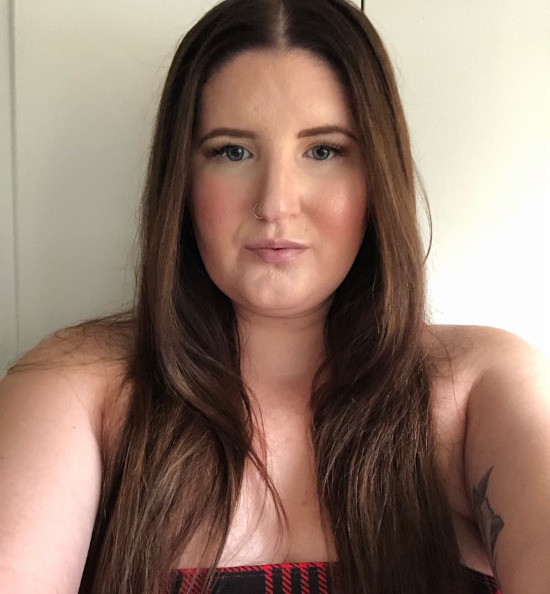
Supplied photo - Breanne Calvert is a content creator and self-described disability lifestyle documentarian
Local influence
Winnipeg-based content creator Vivian Ma has carved out a niche with her Instagram account @HungryInWpg. The account has amassed 28,000 followers, along with 22,000 on TikTok. Her content showcases the diverse food scene in Winnipeg, from pastries to authentic Filipino cuisine.
Ma’s introduction into the world of content creation was inspired by her sister, who noticed her penchant for posting food pictures on Facebook. “My sister said one day, 'Why don't you make an Instagram?' I thought it was too late to do it, but I started because I listened to her," Ma says.
@HungryInWpg launched in October 2018, marking the beginning of Ma’s culinary adventures. She says what started as a fun page has now transformed into a significant side hustle, seamlessly integrated with her fulltime corporate job.
Ma recently noticed a considerable increase in followers, which she attributes to the pandemic. “It started growing really fast,” she says.
Today, Ma works with local restaurants that consistently reach out to her for promotions. She says she tries to create content by eating out at least once a week.
In Winnipeg’s marketing community, Ma encourages local influencers to work together more closely, creating a stronger and more united presence . “I also think Winnipeg businesses should be more open to working with influencers, especially in this era of digital marketing,” she says.
While some influencers like Ma have businesses reaching out to them directly, others rely heavily on self-marketing to connect with businesses willing to collaborate.
Breanne Calvert, a content creator and self-described disability lifestyle documentarian dedicated to promoting body positivity, has cultivated a loyal following of nearly 22,000 Instagram accounts. Calvert promotes herself through proactive self-marketing, frequently reaching out to local businesses for collaborations.
After a modest start in 2012, Calvert’s page underwent a transformative phase during a period of medical leave. “I had 1,000 followers for a really long time, and it wasn’t until I took medical leave that I really started growing the page,” she says.
Calvert says she adopts a succinct and direct strategy when marketing herself to local businesses.
“I send a general email out, and I just say, ‘Hey, I saw that you were advertising. I see that you’re trying to expand your reach, and I might be able to help you out with that,’” she says. “Some responses are pretty receptive. Others are kind of really standoffish.”
Despite the challenges, she says she maintains a collaboration success rate of around 50 per cent.
Calvert says she envisions a more open-minded approach in Winnipeg toward content creators collaborating with local businesses, fostering a larger, more inclusive market.
“I think it would be great to have more businesses in Winnipeg open to working with content creators/influencers,” she says. “It might take time, but I think (businesses and content creators) can leverage each other to work into a mutually beneficial agreement.”
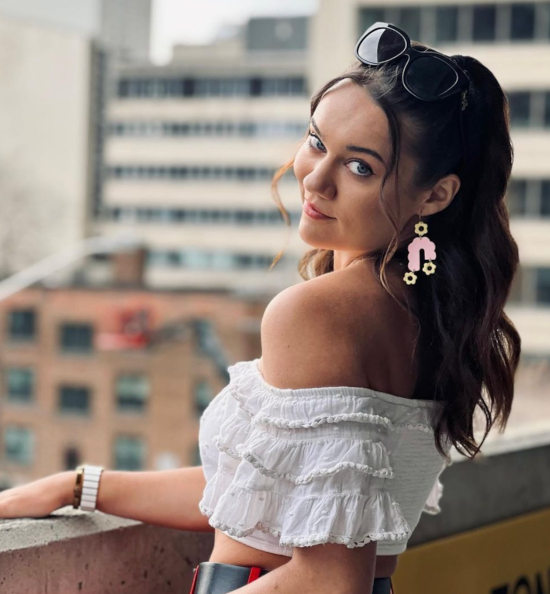
Supplied photo - Maddie Thompson is a digital marketer who runs Mad Social Agency
Navigating the marketing evolution
While influencer marketing is still a growing phenomenon in Winnipeg, some businesses instead opt for direct collaboration with marketing agencies.
Maddie Thompson, the owner of Mad Social Agency, says they partner with local businesses to run their social media.
“We primarily work with businesses, and we do a lot of UGC, user-generated content, where we’re using either our own team members or other people in the community to create videos for products,” she says.
One of their clients is Darling Bar, a recently established cocktail bar on McDermot Avenue, for which they manage Instagram and Facebook accounts. The Instagram page primarily highlights Winnipeg's nightlife, featuring images of beverages and people having a great time, focused on the enjoyment of their customers.
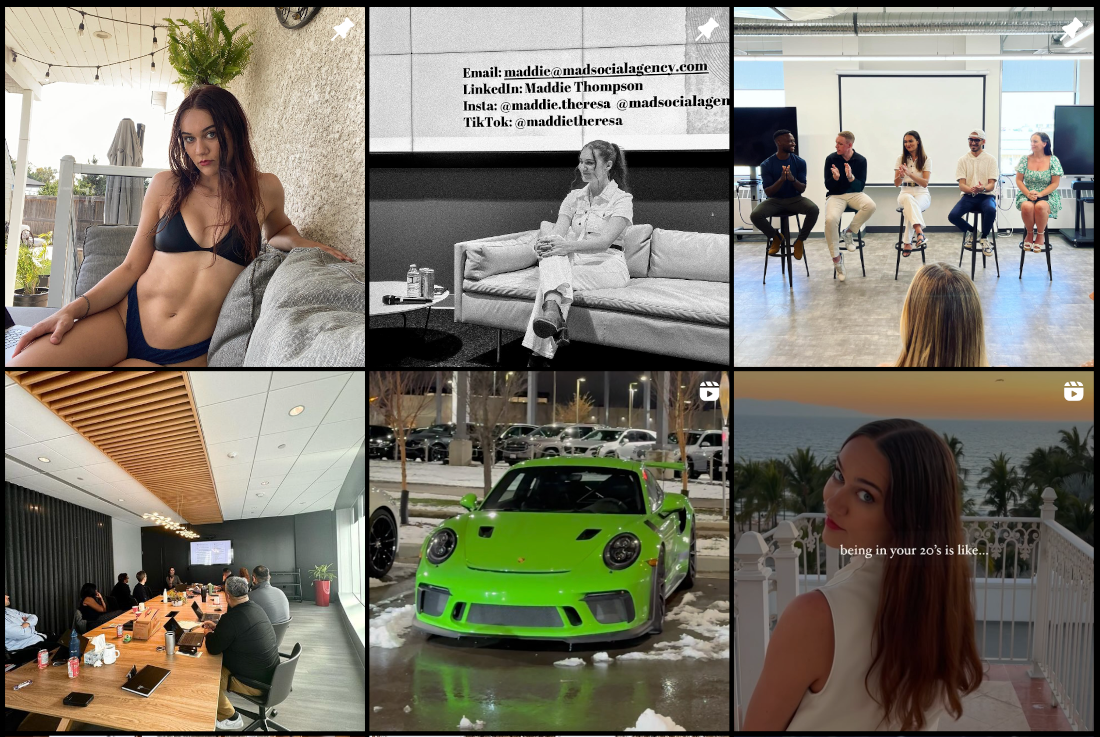
Supplied photo - A screenshot from digital marketer Maddie Thompson's personal Instagram
A recent study by EnTribe, a company that focuses on user-generated content, found that people are getting tired of influencer marketing, preferring content created by regular customers.
In their survey of about 800 people aged 18 to 60, 84 per cent said they trust brands more when they use content from regular customers, while only 12 per cent trust products endorsed by influencers.
The research also found that 85 per cent of consumers think influencers are paid to say nice things about companies, which makes them seem biased. This could explain why some businesses work with marketing agencies to create content instead of using influencers.
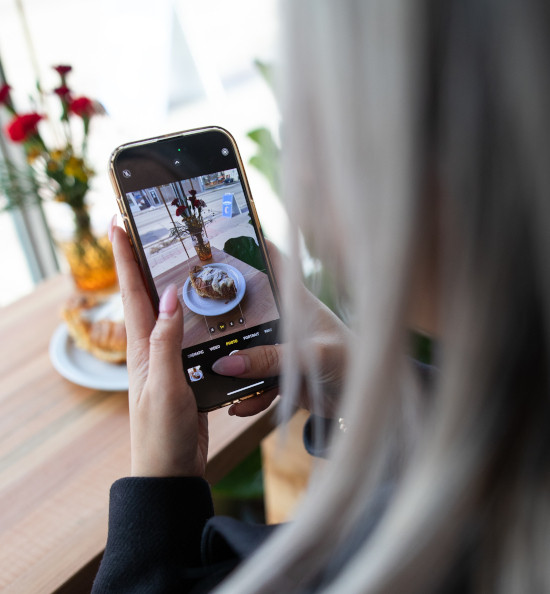
"I feel it's important to support local restaurants. Not everything I do has to be paid content. I think it's important to balance it out." -Vivian Ma
Dhruvi Shah, a 21-year-old University of Manitoba student who avidly follows various influencers on Instagram and TikTok, says the inspiration she draws from food and fitness influencers shapes her choices and preferences.
“I only started following more influencers during the pandemic because I was locked in and bored,” she says. “I have unfollowed a few of them recently, especially when they become really famous ... Sometimes it feels fake, like they’re trying to keep up with the lifestyle.”
Shah says she follows influencers who come across as genuine and authentic. She believes that the more real they seem, the more she trusts their viewpoints and recommendations.
Ma tries to keep her HungryInWpg account authentic by carefully balancing her content. “I feel it’s important to support local restaurants. Not everything I do has to be paid content. I think it’s important to balance it out,” she says.
Additionally, she says she’s been expanding her horizons by exploring and reviewing other restaurants, primarily for her own enjoyment.
Thompson says businesses are increasingly realizing that digital marketing isn’t just a choice. It’s a necessity.
“There (are) a lot more businesses realizing that it’s not an optional thing. If you don't hop on it now, you’re going to get behind," she says. “There is a huge market for influencers here. Businesses always want to promote their products through real, authentic people.”
Published in Volume 78, Number 10 of The Uniter (November 16, 2023)

